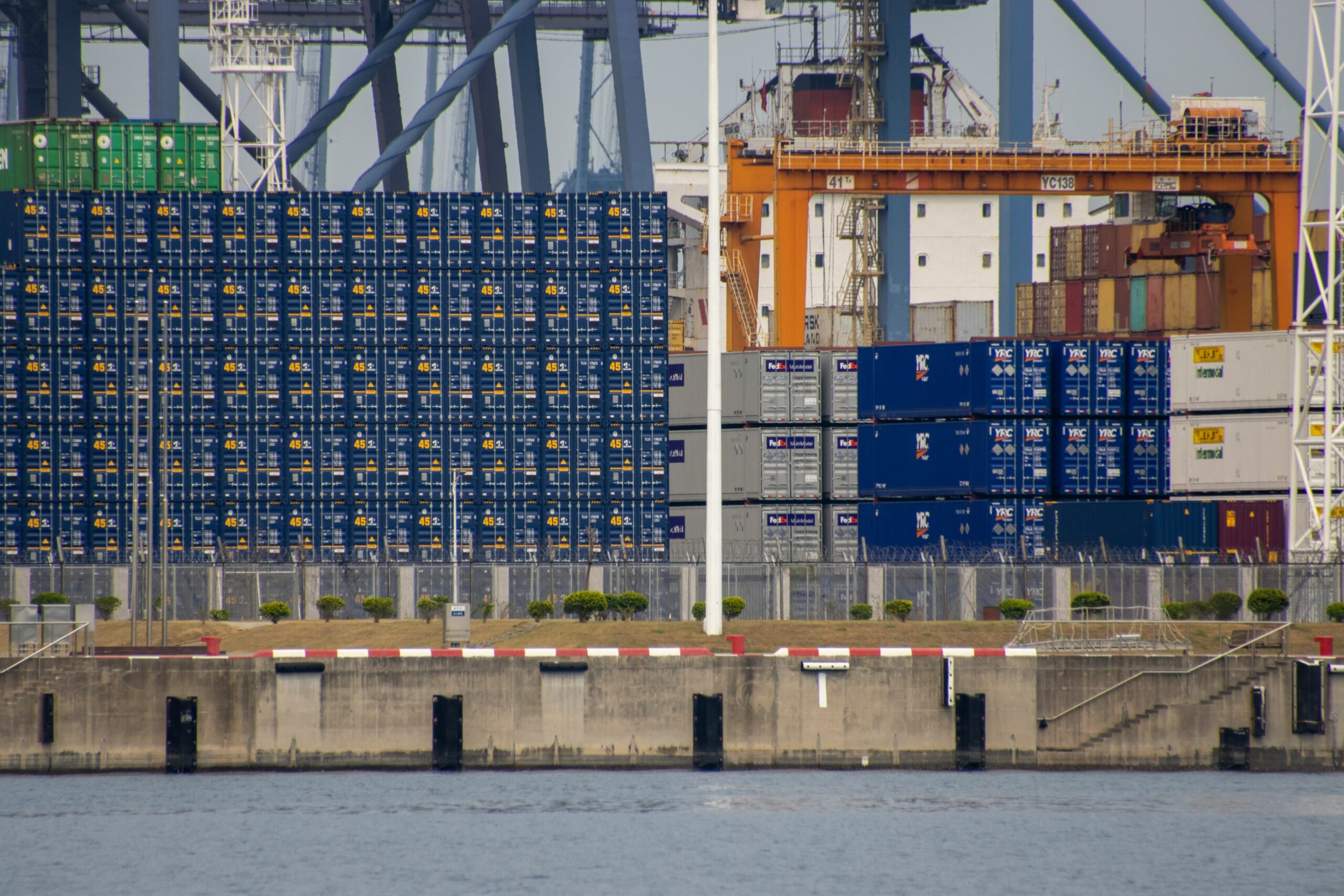China’s export growth has slowed to its weakest pace in six months, falling short of analyst expectations and highlighting the persistent challenges facing the world’s second-largest economy. Official data released on Monday showed that outbound shipments expanded by just 4.4% in August, a significant drop from the 7.2% growth recorded in July.
The figures underscore a fragile global demand environment and the continued impact of trade frictions, particularly with the United States. While Beijing has successfully diversified its trade partners, a sharp decline in exports to its largest single-country market, the US, is proving to be a major drag on overall growth.
According to customs data, Chinese exports to the US plummeted by 33.1% compared to a year earlier. This decline comes despite a 90-day tariff truce extended by Washington and Beijing in mid-August. Analysts say the temporary relief provided by the truce is now fading, and the ongoing uncertainty over a long-term trade deal is weighing on business confidence and trade flows.
The slowdown is also attributed to the “front-loading” effect, where Chinese exporters rushed to ship goods in previous months to get ahead of potential tariff hikes. As this activity dissipates, the underlying weakness in global demand is becoming more apparent.
However, the picture is not entirely bleak. China has managed to boost its exports to other key regions, demonstrating a deliberate strategy of “trade diversion” to mitigate the impact of US tariffs. Exports to the European Union climbed by 10.4%, while shipments to the Association of Southeast Asian Nations (ASEAN) jumped by 22.5%. This shift reflects Beijing’s efforts to strengthen trade ties with its Belt and Road Initiative partners and other non-Western markets.
Despite these gains, analysts warn that no single market can fully compensate for the immense purchasing power of the US. Economists at Capital Economics note that with the temporary boost from the tariff truce fading and US scrutiny on goods re-routed through third countries increasing, Chinese exports are likely to remain under pressure in the near term.
The weaker-than-expected trade figures add to a number of domestic economic challenges facing China. Policymakers are already grappling with a struggling property sector, weak consumer demand, and high youth unemployment. The latest data is likely to intensify calls for further fiscal stimulus to support economic activity and meet Beijing’s growth targets.
While China’s trade surplus widened in August to $102.3 billion, this was driven more by a subdued rise in imports than by a surge in exports, further signalling weak domestic consumption. As the global economic outlook remains clouded, the coming months will be a crucial test of China’s economic resilience and its ability to navigate the complex landscape of international trade.



